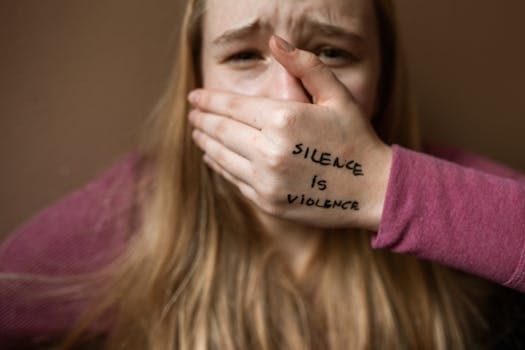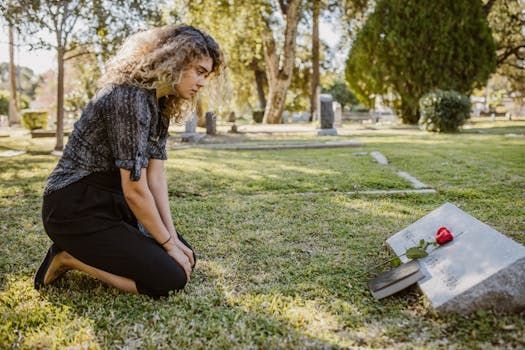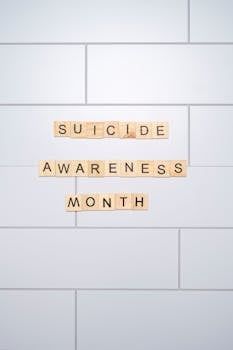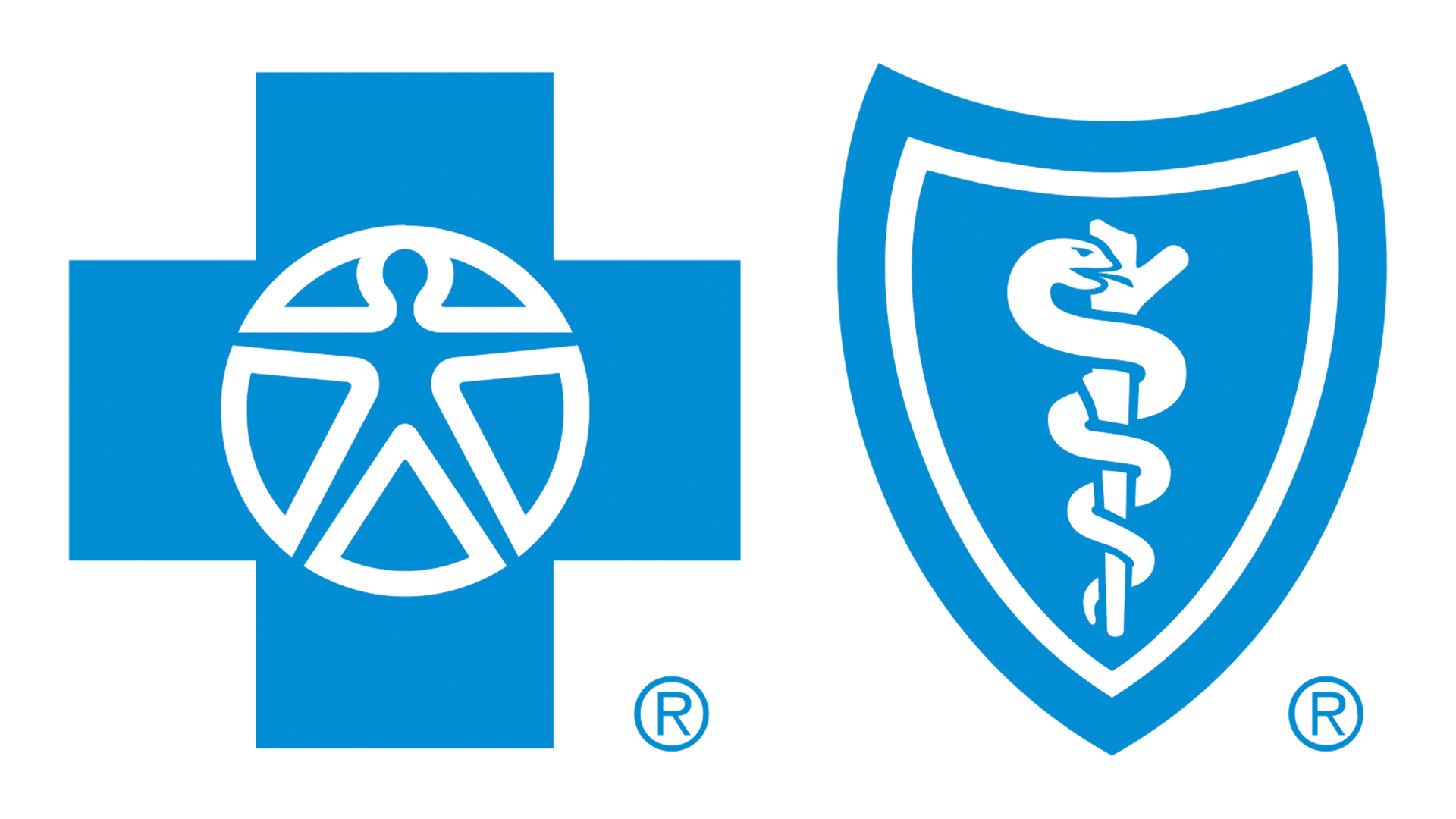Healing After School Tragedy: Supporting Mental Health and Building Community Resilience
When school communities face tragic events involving violence, the mental health impact extends far beyond those directly involved. Students, families, educators, and entire communities can experience lasting psychological effects that require compassionate, informed support and professional intervention. Understanding how to navigate these challenging times while fostering healing and resilience is essential for protecting our collective wellbeing.
As a psychiatric mental health nurse practitioner who has supported Florida communities through various traumas, I've witnessed both the devastating impact of these events and the remarkable capacity for human resilience and healing. This guide provides evidence-based strategies for supporting mental health in the aftermath of school violence, helping families and communities move forward while honoring those affected.
1. Understanding Trauma Responses in Children and Adolescents
Children and adolescents respond to traumatic events in diverse ways, influenced by their developmental stage, previous experiences, proximity to the event, and individual coping mechanisms. Normal trauma responses can include sleep disturbances, changes in appetite, increased clinginess or withdrawal, difficulty concentrating, emotional outbursts, regression to younger behaviors, and physical symptoms like headaches or stomachaches without medical cause.
It's crucial to understand that there is no "right" way to respond to trauma. Some children may seem unaffected initially, while others display immediate distress. Both responses are normal. Delayed reactions are also common, with symptoms sometimes appearing weeks or months after the initial event. This doesn't indicate weakness or abnormality—it reflects the complex ways our minds process overwhelming experiences.
Adolescents may experience additional challenges as they grapple with questions about mortality, justice, and safety while navigating their normal developmental tasks. They might display risk-taking behaviors, substance use, or exhibit strong political or social reactions as they try to make sense of senseless events. These responses often represent attempts to regain control and understanding in a world that suddenly feels unpredictable and unsafe.
Recognizing these varied responses helps parents, educators, and community members provide appropriate support without judgment. Understanding that healing is not linear and that setbacks are normal parts of the recovery process can help manage expectations and maintain hope during difficult periods.

2. Creating Safety and Stability in Immediate Aftermath
The immediate priority following any traumatic event is establishing physical and emotional safety for all community members. This begins with ensuring children understand they are currently safe and that trusted adults are working to maintain that safety. Clear, age-appropriate communication about what happened, what is being done to ensure ongoing safety, and what support is available helps reduce fear and uncertainty.
Maintaining routines becomes especially important during this time. While some schedule disruptions are inevitable, preserving familiar activities, meal times, bedtime routines, and family traditions provides stability in an otherwise chaotic period. These routines serve as anchors, helping children and families maintain a sense of normalcy and predictability.
Limiting exposure to media coverage is crucial for protecting mental health, particularly for children and adolescents. Repeated viewing of traumatic images and information can retraumatize viewers and intensify anxiety. Parents should monitor and limit their children's exposure to news reports, social media discussions, and graphic content while ensuring they have access to accurate, age-appropriate information from trusted sources.
Creating physical comfort and emotional availability becomes a priority. Extra physical affection, extended bedtime routines, increased family time, and patience with temporary changes in behavior all communicate safety and love. Children need to know they can express their feelings and ask questions without judgment or dismissal.
Schools play a critical role in reestablishing safety and normalcy. This includes visible security measures that provide reassurance without being intimidating, availability of counselors and mental health professionals, modified academic expectations during the adjustment period, and clear communication with families about support services and resources available.
3. Supporting Emotional Expression and Processing
Encouraging healthy emotional expression is fundamental to trauma recovery. Children and adolescents need multiple outlets for processing their experiences and emotions. This might include talking, drawing, writing, physical activity, music, or other creative expressions. The key is providing options and following the child's lead rather than forcing particular forms of expression.
Active listening becomes especially important during this time. This means giving children full attention when they want to talk, avoiding immediately trying to "fix" their feelings, asking open-ended questions that allow them to share their thoughts and concerns, and validating their emotions even if their fears seem unrealistic to adults. Sometimes children need to tell their story multiple times to process what happened.
Play therapy techniques can be particularly helpful for younger children who may not have the vocabulary to express their complex emotions. Activities like drawing pictures of their feelings, using toys to act out scenarios, creating stories about brave characters, or engaging in physical activities that release tension can all support emotional processing and healing.
For adolescents, peer connections often provide crucial support. Facilitating opportunities for teens to connect with friends, participate in group activities, or engage in community service projects can help them process their experiences while maintaining important social connections. Many teens find meaning through advocacy or taking action to prevent future tragedies.

4. Addressing Fear and Anxiety About School Safety
Following school violence, it's natural for children, parents, and educators to experience heightened anxiety about school safety. Addressing these fears requires honest communication, practical safety measures, and emotional support. Children need factual information about what is being done to keep them safe, presented in an age-appropriate manner that reassures without providing unnecessary details about potential threats.
Developing coping strategies for anxiety becomes essential. Teaching children deep breathing techniques, progressive muscle relaxation, grounding exercises using their five senses, and positive self-talk can provide them with tools they can use when anxiety feels overwhelming. These techniques are particularly helpful during school hours when parents aren't immediately available for comfort.
Gradual reexposure to school environments may be necessary for some children. This might involve visiting the school during non-school hours, meeting with favorite teachers or counselors, participating in smaller group activities before returning to full classes, or having shortened school days initially. The pace should be determined by the individual child's comfort level and readiness.
Parents' own anxiety significantly impacts children's adjustment. Children are highly attuned to their parents' emotional states and often mirror adult anxiety levels. Parents need to manage their own fears and seek support when needed to avoid inadvertently increasing their children's anxiety. This might involve seeking professional counseling, joining parent support groups, or practicing stress management techniques.
Schools can implement visible safety measures that provide reassurance, such as increased counselor presence, clear communication about safety protocols, modified routines that feel more secure, and regular check-ins with students. However, these measures should enhance rather than replace the warm, nurturing environment that promotes learning and growth.
5. Recognizing When Professional Help is Needed
While most children and families can recover from traumatic events with appropriate support from family, friends, and school personnel, some individuals may need professional mental health intervention. Knowing when to seek additional help is crucial for preventing long-term mental health complications and supporting optimal recovery.
Warning signs that indicate a need for professional support include persistent nightmares or sleep disturbances lasting more than two weeks, significant decline in academic performance that doesn't improve with support, withdrawal from family, friends, and previously enjoyed activities, persistent fears that interfere with daily functioning, regression to significantly younger behaviors that don't improve over time, expressions of guilt or responsibility for the traumatic event, and any mention of self-harm or suicidal thoughts.
Additionally, physical symptoms without medical cause, such as frequent headaches, stomachaches, or other unexplained pain, can indicate trauma-related stress that requires professional attention. Aggressive behaviors, significant changes in personality, or engaging in risky behaviors may also signal the need for specialized intervention.
It's important to remember that seeking professional help is a sign of strength, not weakness. Mental health professionals trained in trauma treatment can provide specialized interventions that support healing and prevent long-term complications. Early intervention typically leads to better outcomes and faster recovery.
Parents should trust their instincts—if something doesn't feel right about their child's response or recovery, it's appropriate to seek professional consultation. Mental health professionals can provide assessment, guidance, and treatment recommendations even if ongoing therapy isn't immediately necessary.
6. Building Community Resilience and Connection
Community-wide healing requires intentional efforts to rebuild connections, foster resilience, and create meaning from tragedy. Strong communities that support their members during difficult times typically recover more quickly and completely from traumatic events. This healing process often brings people together in powerful ways, creating lasting bonds and positive changes.
Organizing community support activities can provide healing opportunities while addressing practical needs. This might include meal trains for affected families, fundraising for memorial projects or family support, community vigils or remembrance ceremonies, volunteer opportunities that channel grief into positive action, and support groups for different community segments (parents, students, educators, first responders).
Schools can facilitate healing through age-appropriate memorial activities, such as creating memory gardens or artwork, writing letters to affected families, organizing service projects in honor of those lost, and developing peer support programs where older students support younger ones. These activities help students process grief while contributing to community healing.
Long-term resilience building involves implementing sustainable programs that strengthen community connections and support systems. This might include expanded mental health services in schools, parent education programs about supporting children through trauma, teacher training in trauma-informed practices, and community emergency preparedness initiatives that help people feel more secure and prepared.

7. Supporting Educators and School Personnel
Educators and school personnel often experience their own trauma while simultaneously being expected to support students and families. Recognizing and addressing the mental health needs of school staff is crucial for the overall healing of the school community. Teachers, administrators, counselors, and support staff may experience secondary trauma, survivor guilt, increased anxiety about safety, and burnout from the emotional demands of supporting others.
Providing professional support for school personnel includes offering employee assistance programs with counseling services, bringing in trauma specialists to work with staff, allowing flexible work arrangements during the recovery period, and ensuring adequate mental health coverage in employee benefits. Staff need permission to seek help and assurance that doing so won't negatively impact their employment.
Training in trauma-informed practices helps educators better support students while protecting their own mental health. This includes understanding trauma responses in children, learning de-escalation techniques, recognizing signs of secondary trauma in themselves, and developing classroom management strategies that promote safety and healing rather than triggering trauma responses.
Creating peer support systems among school personnel can provide ongoing emotional support and practical assistance. This might involve structured peer support programs, informal check-in systems, shared planning time to reduce individual workloads, and team-building activities that strengthen professional relationships and mutual support.
8. Navigating Media Attention and Social Media
In today's connected world, school tragedies often attract significant media attention and social media discussion that can complicate the healing process. Helping children and families navigate this additional layer of complexity requires thoughtful planning and clear boundaries around media exposure and participation.
Establishing media boundaries is essential for protecting mental health. This includes limiting children's exposure to news coverage and social media discussions about the event, helping children understand the difference between factual reporting and sensationalized coverage, teaching critical media literacy skills, and creating family rules about discussing the event online or with media representatives.
Social media presents particular challenges, as peers may share information, opinions, or graphic content that can be retraumatizing or inaccurate. Parents should monitor their children's social media use more closely during this time, discuss appropriate online behavior and communication, help children understand how to report concerning content, and encourage face-to-face communication and support over online interactions.
If families choose to participate in media interviews or public events, it's important to ensure these activities support rather than hinder healing. Children should never be required to participate in media activities, and any participation should be carefully considered in terms of potential impact on their recovery process.
9. Long-Term Healing and Prevention
Healing from school violence is a long-term process that often involves setbacks and challenges along the way. Understanding that recovery isn't linear helps families and communities maintain realistic expectations and continue supporting each other through difficult periods. Anniversary dates, similar events at other schools, or unexpected triggers can temporarily intensify grief and trauma responses even years after the initial event.
Building long-term resilience involves developing comprehensive support systems that extend beyond the immediate crisis period. This includes ongoing mental health services in schools, community programs that strengthen social connections and support systems, prevention initiatives that address root causes of violence, and emergency preparedness plans that help communities feel more secure and prepared for future challenges.
Prevention efforts often emerge from tragedy as communities work to ensure similar events don't occur elsewhere. This might involve advocating for improved mental health services, supporting violence prevention programs, promoting social-emotional learning in schools, or working to reduce access to means of violence. Many families find meaning and healing through advocacy and prevention work.
Creating lasting memorials and positive legacies can provide healing while honoring those affected by tragedy. This might include scholarship funds, community service programs, advocacy organizations, memorial gardens or buildings, or annual events that promote healing and prevention. These activities help ensure that positive change emerges from tragedy and that those lost are remembered in meaningful ways.

Conclusion: Moving Forward with Hope and Healing
While school violence creates profound trauma and lasting impact, communities can and do heal. With appropriate support, evidence-based interventions, and time, individuals and communities can rebuild their sense of safety, meaning, and hope for the future. The journey is not easy, and healing doesn't mean forgetting—it means learning to carry the experience in a way that allows for growth, connection, and continued engagement with life.
Every community's healing process is unique, influenced by the specific circumstances of the event, the resources available, and the particular needs of its members. What remains constant is the human capacity for resilience, the power of connection and support, and the ability to create meaning and positive change even in the aftermath of senseless tragedy.
Professional mental health support plays a crucial role in this healing process. Trauma-informed care, evidence-based treatments, and ongoing support services can significantly improve outcomes for individuals and communities affected by school violence. Early intervention, appropriate treatment, and long-term support services help prevent chronic mental health problems and support optimal recovery.
If you or your community is struggling in the aftermath of a traumatic event, professional support is available. At MindRefined, we provide trauma-informed mental health services throughout Florida, specializing in helping individuals, families, and communities heal from traumatic experiences. Our services include individual therapy, family counseling, community consultation, and crisis intervention support. Remember that seeking help is a sign of strength, and healing is possible with appropriate support and time.
Together, we can build stronger, more resilient communities that support all members through life's most difficult challenges while working to prevent future tragedies. Our shared commitment to healing, prevention, and hope creates the foundation for safer, healthier communities where all children can thrive.



















